The Secrets Beneath the Surface: The Real Value of the Louis Vuitton Neverfull

The Louis Vuitton Neverfull, particularly in the Monogram and Empreinte leather, is one of the most ubiquitous luxury bags seen on the market today. Known for its versatility and status symbol, this bag warrants a closer look beyond its outward elegance. Let’s dive into an in-depth review and deconstruction of this iconic piece.
DISCLAIMER: This is an UNSPONSORED review. I purchased all of these products myself and am not affiliated with the brand mentioned in any way. All statements and expressions made about the products are solely the opinion of Tanner Leatherstein and are not meant to be conclusive or definitive. The purpose of this video is for informational and educational purposes only. We recommend that as a consumer, you exercise your due diligence and research on the products before adopting the opinion of Tanner Leatherstein.
What's Inside?
Initial Impressions
At first glance, the Neverfull in Empreinte leather appears to embody the high standards of Louis Vuitton. The leather, described as embossed pebble cowhide, presents a matte finish that feels both refined and durable. The texture is pleasant to the touch, and the bag’s interior features a microfiber suede fabric, adding a layer of luxury.
The craftsmanship is generally good, but I did notice some areas where loose threads had been left behind. This is somewhat surprising for a brand of Louis Vuitton’s stature, although quality control issues can occur at any level of manufacturing.
Examining the Edge Paint: Durability and Design Choices
The edge paint on the Louis Vuitton Neverfull varies between the handles and the rest of the bag, each serving a distinct purpose. The handles and edges feature a very thin layer of edge paint that doesn’t appear to be silicone-based. This choice seems intentional, given that the handles experience frequent movement and exposure to the elements. A thicker, silicone-based paint might eventually chip, leading to an unsightly appearance. Instead, Louis Vuitton has opted for a stained finish that avoids creating a thick, plastic layer, likely enhancing the handles' durability over time.
In my tests, the edge paint adhered well and didn’t peel off easily, though adding a second layer could potentially improve its longevity. The thinner edge paint on the handles, while more susceptible to distressing under force, is less likely to crack. To evaluate its resilience, I rubbed the painted edge against a white surface, anticipating some paint transfer. However, there was none, indicating that the edge paint had been carefully applied to resist cracking and wear, ensuring long-lasting performance.
Scratch Test: Durability of the Leather Finish
I decided to put the leather to a scratch test to see how it holds up under pressure. Initially, I tried using my fingernails, pressing hard against the surface. Surprisingly, I couldn’t make any visible scratches, no matter how much force I applied. The leather’s finish remained intact, showing impressive resistance.
Next, I used a set of keys to test the durability further. This time, I was able to make some slight damage, peeling off a small portion of the plastic layer of the finish. However, the damage was minimal and didn’t significantly affect the leather’s overall appearance. Even with this small imperfection, the finish proved to be quite durable.
Finally, I tested the leather with a sharper blade. Here, I had to press down hard to make any noticeable damage. While I was eventually able to scrape off some of the finish and create more significant marks, it took considerable effort. This test demonstrated that the leather is well-protected and can withstand typical wear and tear. Of course, I wouldn’t recommend using sharp objects on your bag, but it’s reassuring to know that it can handle a bit of rough treatment without immediately showing damage.
Removing the Finish: A Closer Look at the Leather Quality
To gain a better understanding of the leather's quality, I applied acetone to remove the finish and see what lies beneath. The acetone didn’t absorb into the leather, indicating that there was a thick layer of finish on the surface. After stripping away the finish from an area of about one square inch, it became clear that this leather is heavily coated with a plastic acrylic finish.
Underneath the finish, the leather appears to be full-grain, possibly with a slight buff. It’s a good-quality cowhide, although the heavy finish isn’t my personal preference. While I usually favor more natural, minimally treated leathers, I understand why fashion brands opt for these heavily finished types. They offer significant benefits, such as enhanced durability and resistance to stains and wear, which is why they’re so commonly used in luxury goods.
Stain Resistance Test: How the Leather Holds Up Against Contaminants
To assess the stain resistance of the leather, I subjected it to various common contaminants: ketchup, wine, lipstick, nail polish, and a Sharpie. Here's how the leather fared:
Ketchup
The ketchup left a very slight discoloration, but it was hardly noticeable. Thanks to the protective finish, the ketchup didn’t penetrate the leather's surface, and we were able to wipe it off quickly without leaving significant marks.
Wine
The wine remained on the surface and didn’t cause any staining. After wiping it off, there was no change in the leather's color.
Lipstick
Lipstick proved to be a bit more challenging. Due to the pebbled texture of the leather, the lipstick settled into the valleys, making it harder to remove. We tried various cleaners, but rubbing alcohol provided the best results. However, be cautious when using alcohol on leather finishes, as it can sometimes affect the finish. Even with the alcohol, some residue remained in the crevices.
Nail Polish
Similar to lipstick, alcohol was the most effective cleaner for nail polish, but it couldn’t completely remove the stain, especially in the textured areas.
Sharpie
The Sharpie ink was the most stubborn contaminant. While we were able to lighten the marks slightly, the ink remained visible, particularly in the leather's valleys.
Overall, the leather's finish does an admirable job of protecting against most stains, but heavily textured areas can be more challenging to clean completely.
Cost Analysis
An intriguing aspect of this review is the cost breakdown. The estimated cost to produce a bag of this quality, considering leather and labor, is around $260. In contrast, the retail price of the Louis Vuitton Neverfull exceeds $2,700. This substantial premium reflects not only the high status of the brand but also the craftsmanship and prestige associated with it. A similar quality bag from a lesser-known brand might cost between $600 and $700, offering comparable quality without the Louis Vuitton logo.
Conclusion
The Louis Vuitton Neverfull in Empreinte leather stands as a symbol of luxury and status. Its craftsmanship and materials are solid, although not without minor imperfections. The high cost is justified by the brand’s prestige and the associated status, but for those seeking value over branding, similar quality can be found at a lower price point elsewhere.
Ultimately, whether the Louis Vuitton Neverfull is worth its price depends on what you value more: the emblematic status of the brand or the quality of the product itself. If prestige is your priority, the Neverfull is a worthwhile investment. If not, exploring other options might be more financially sensible while still achieving a similar level of craftsmanship and durability.




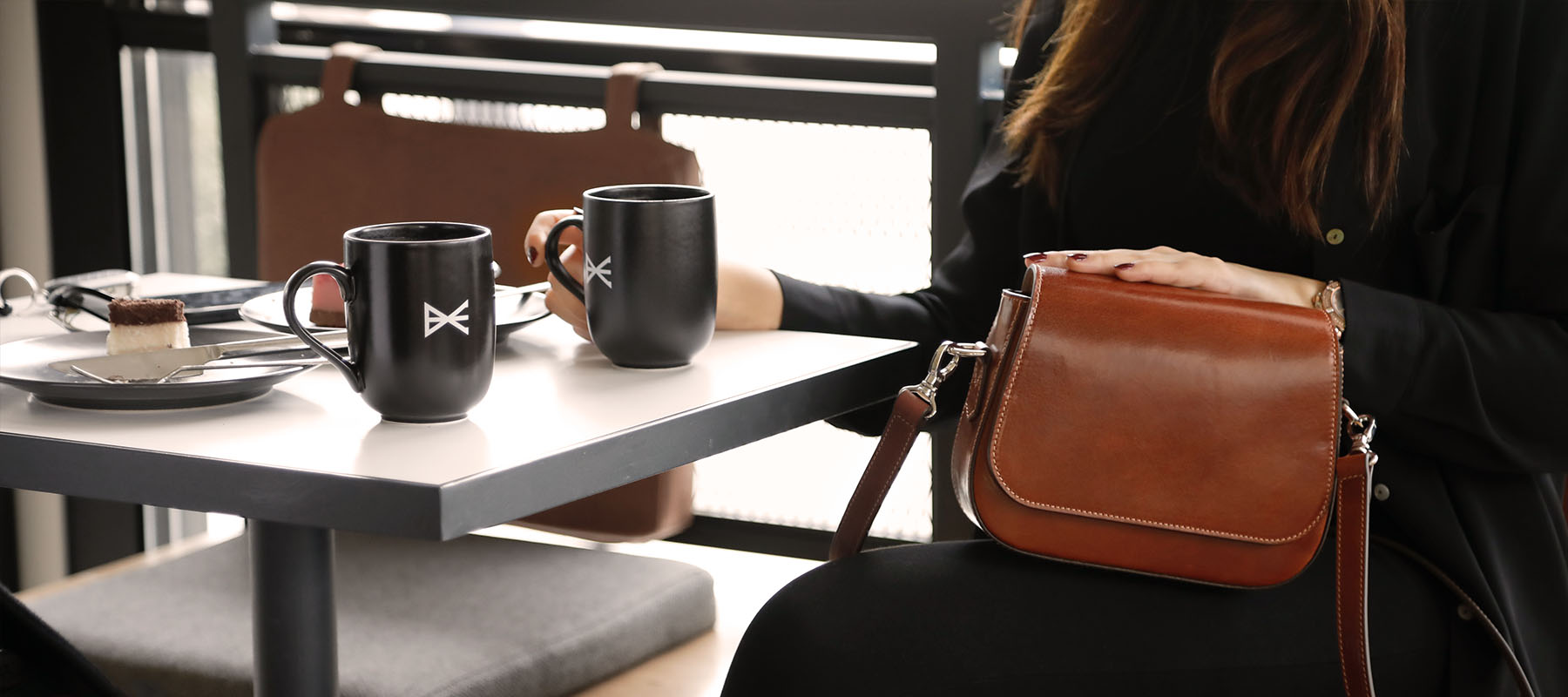
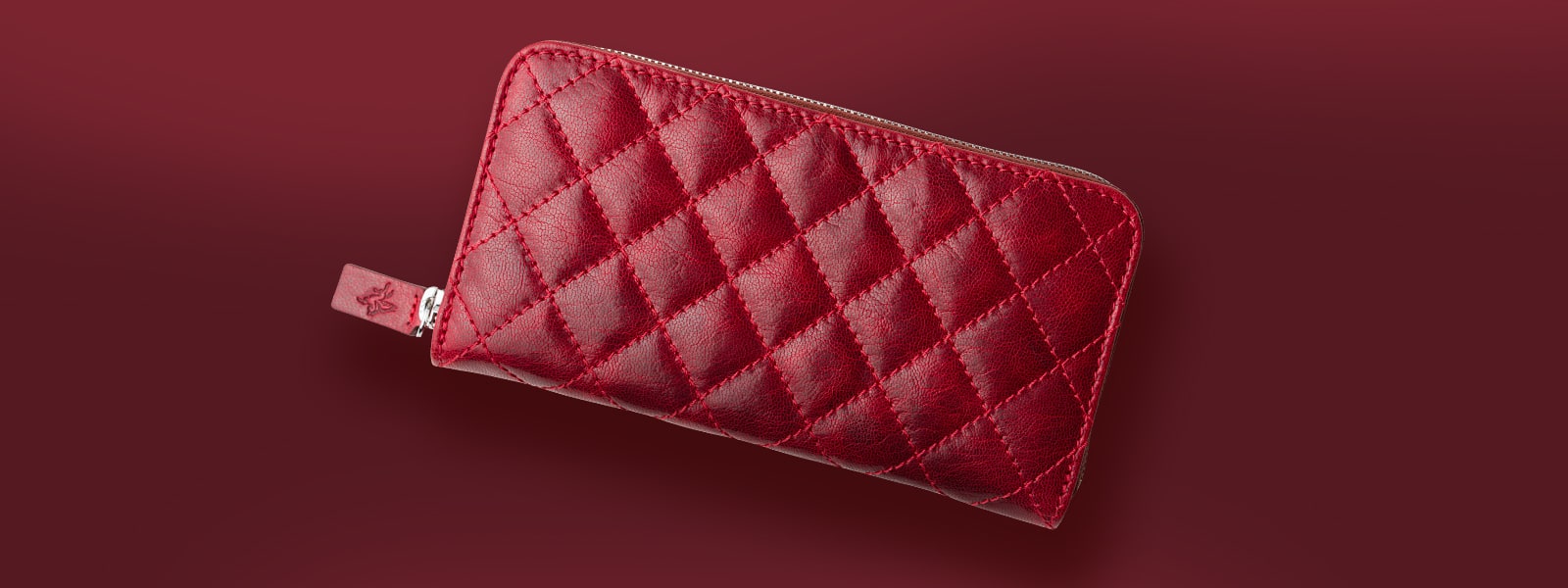
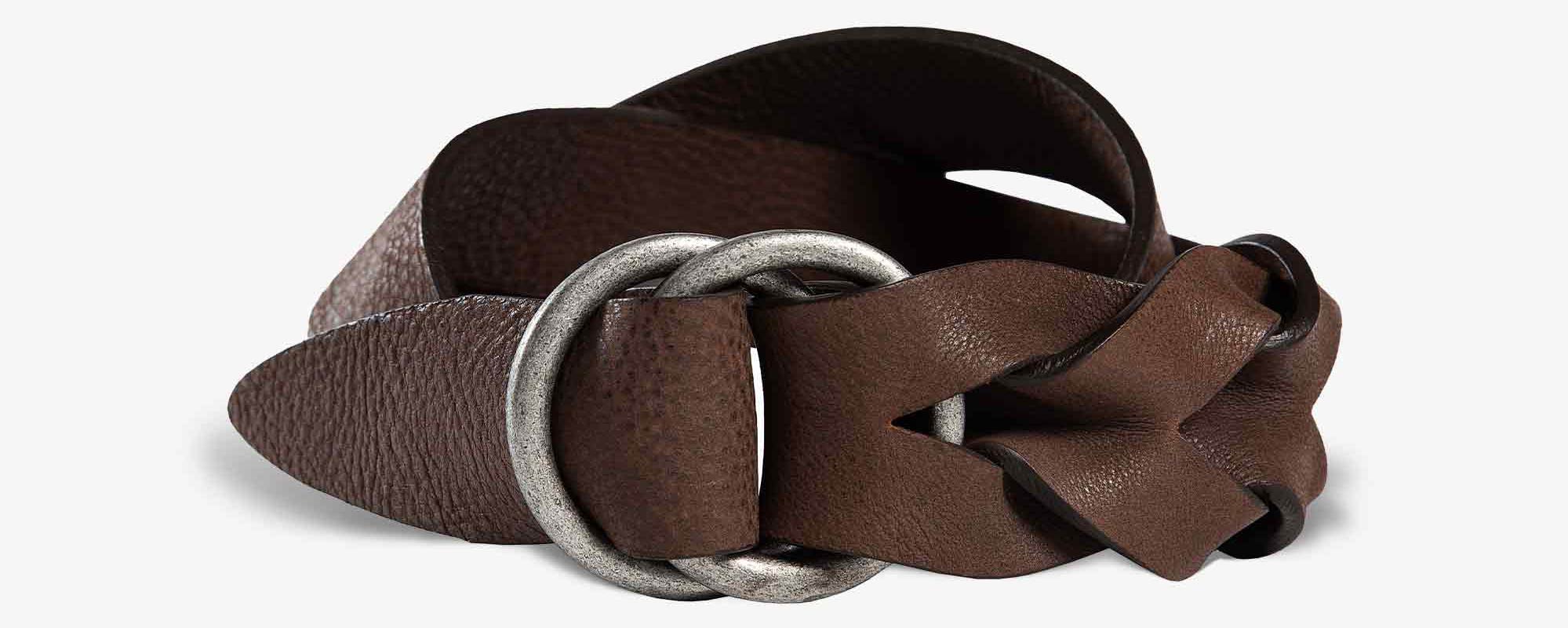
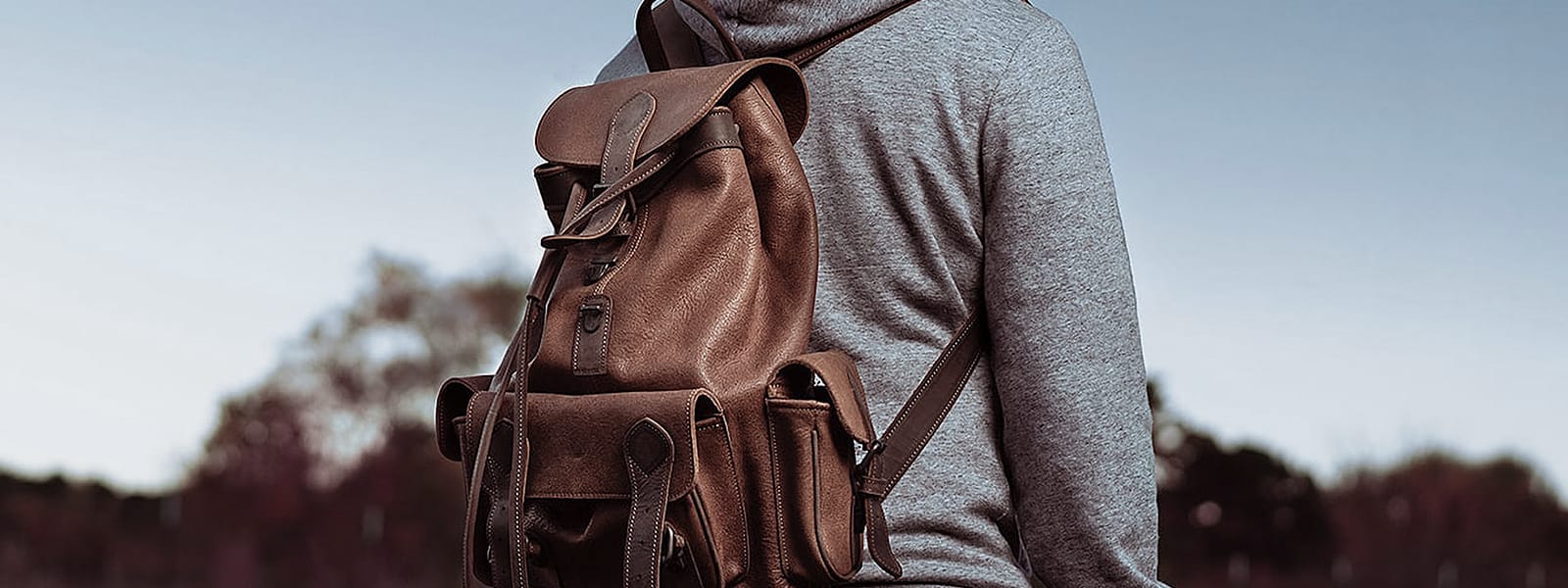
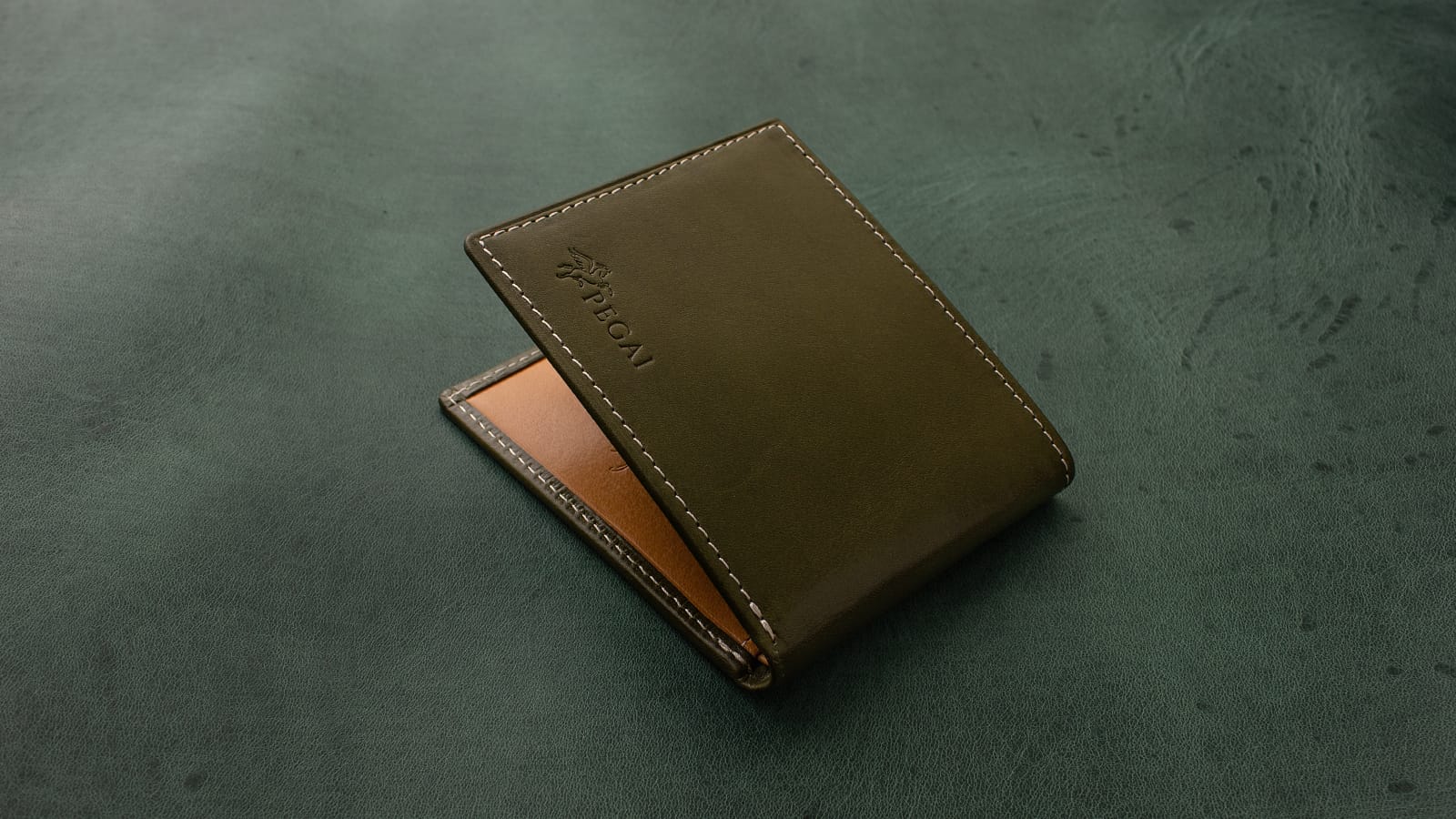
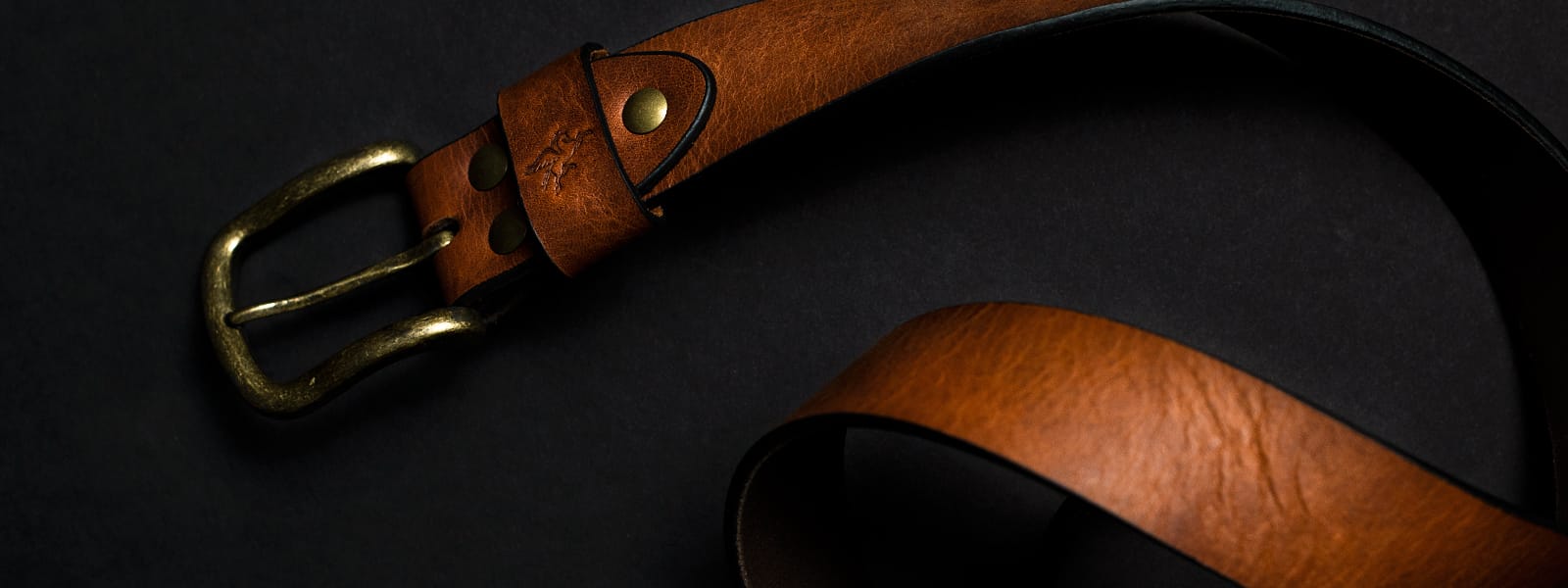
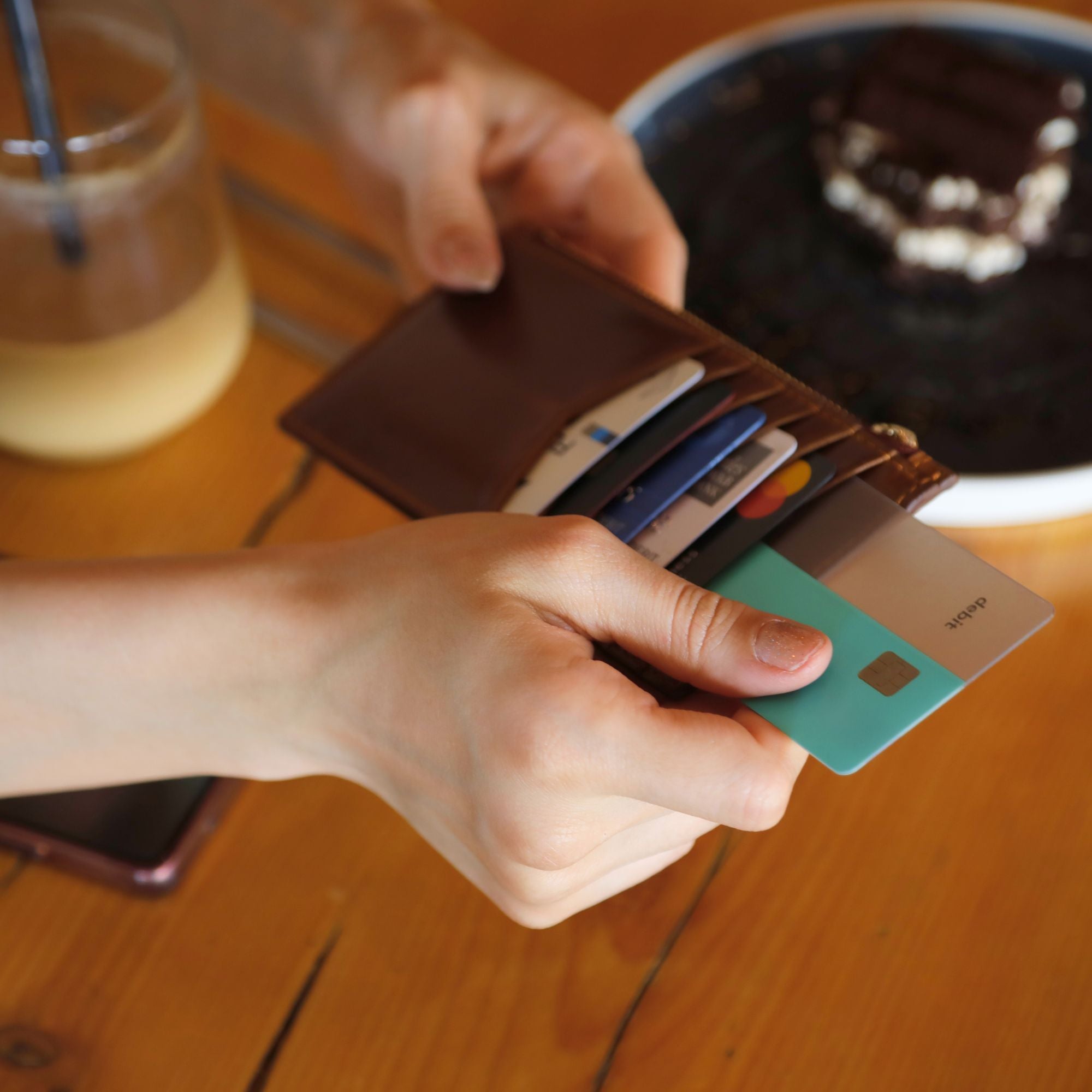
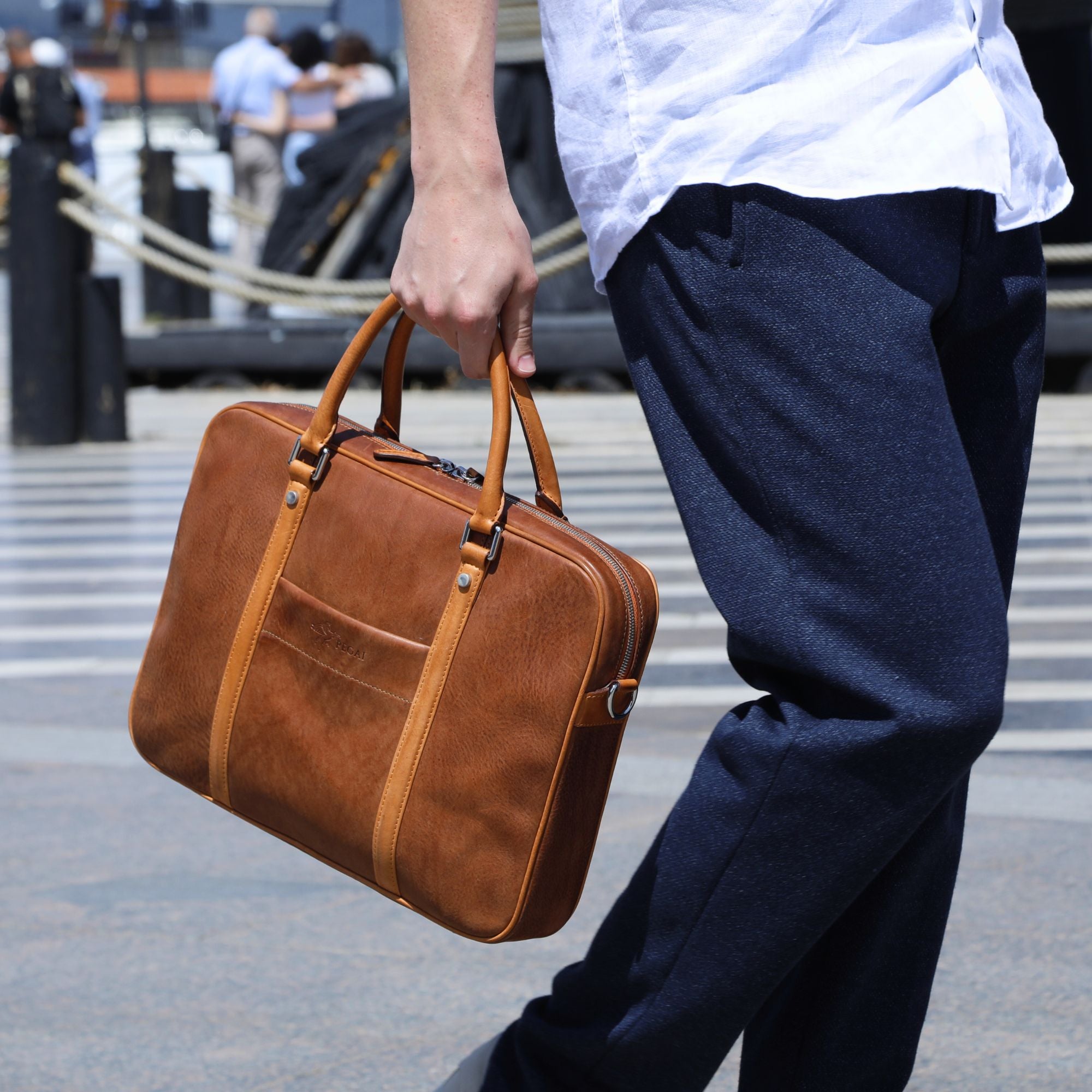
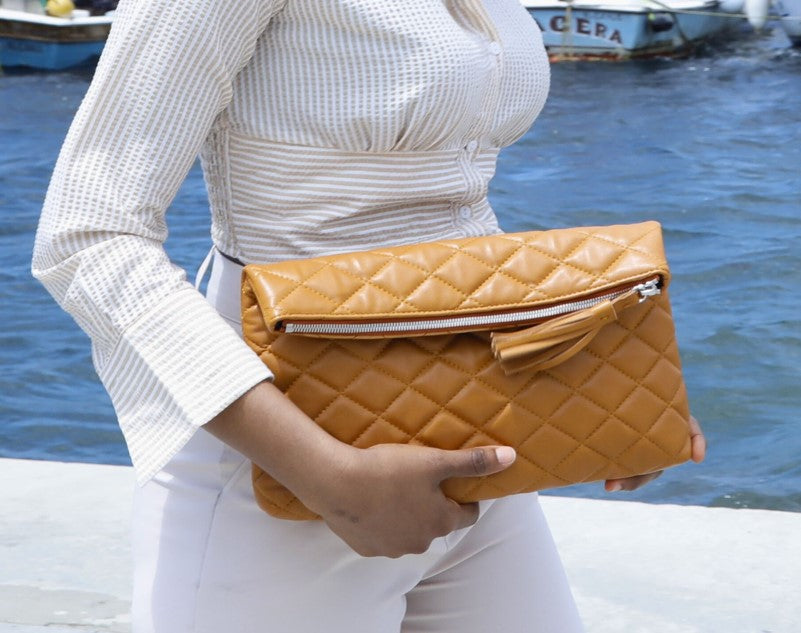
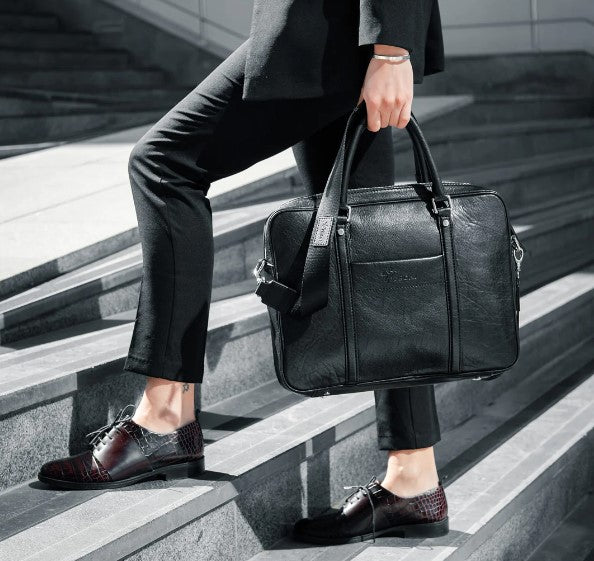
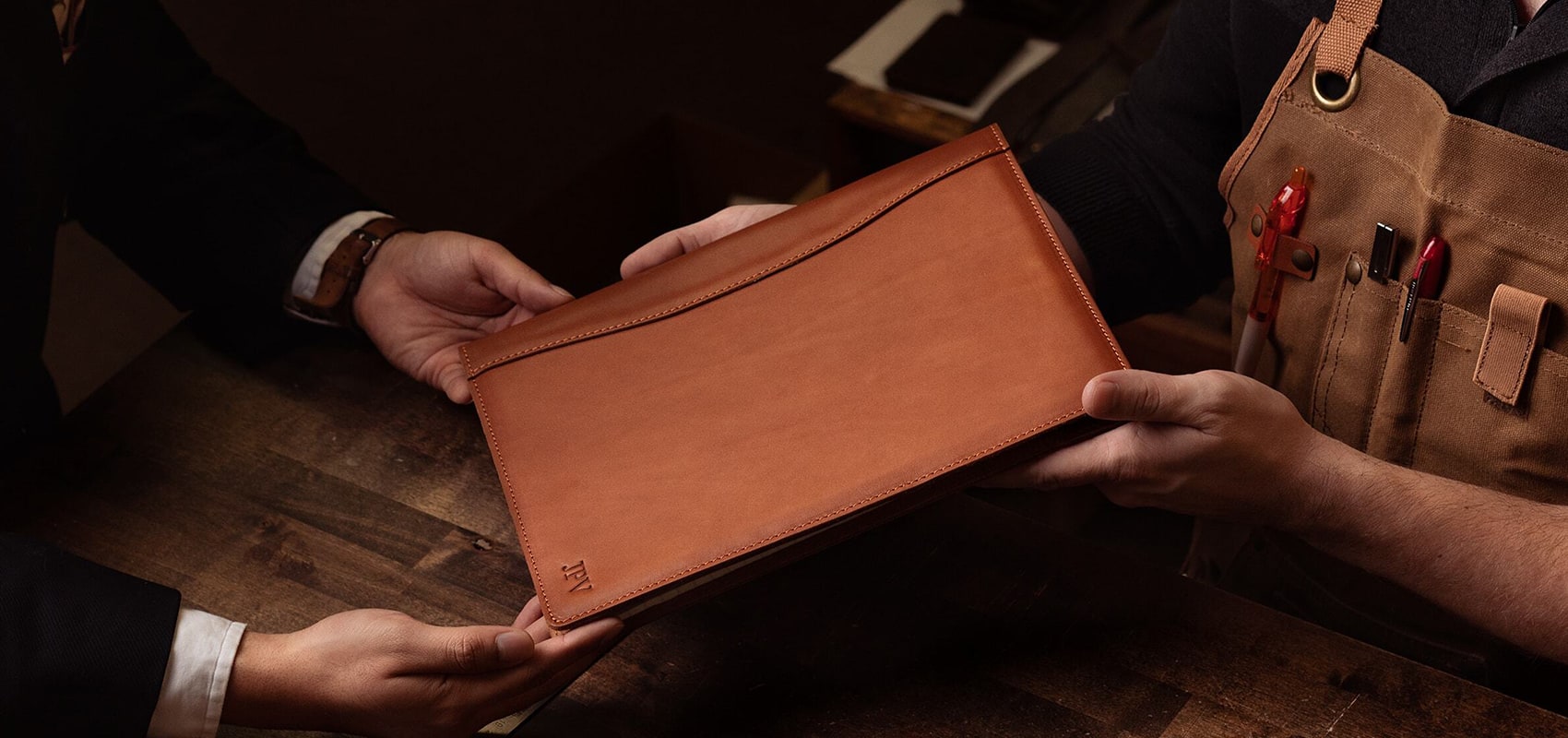
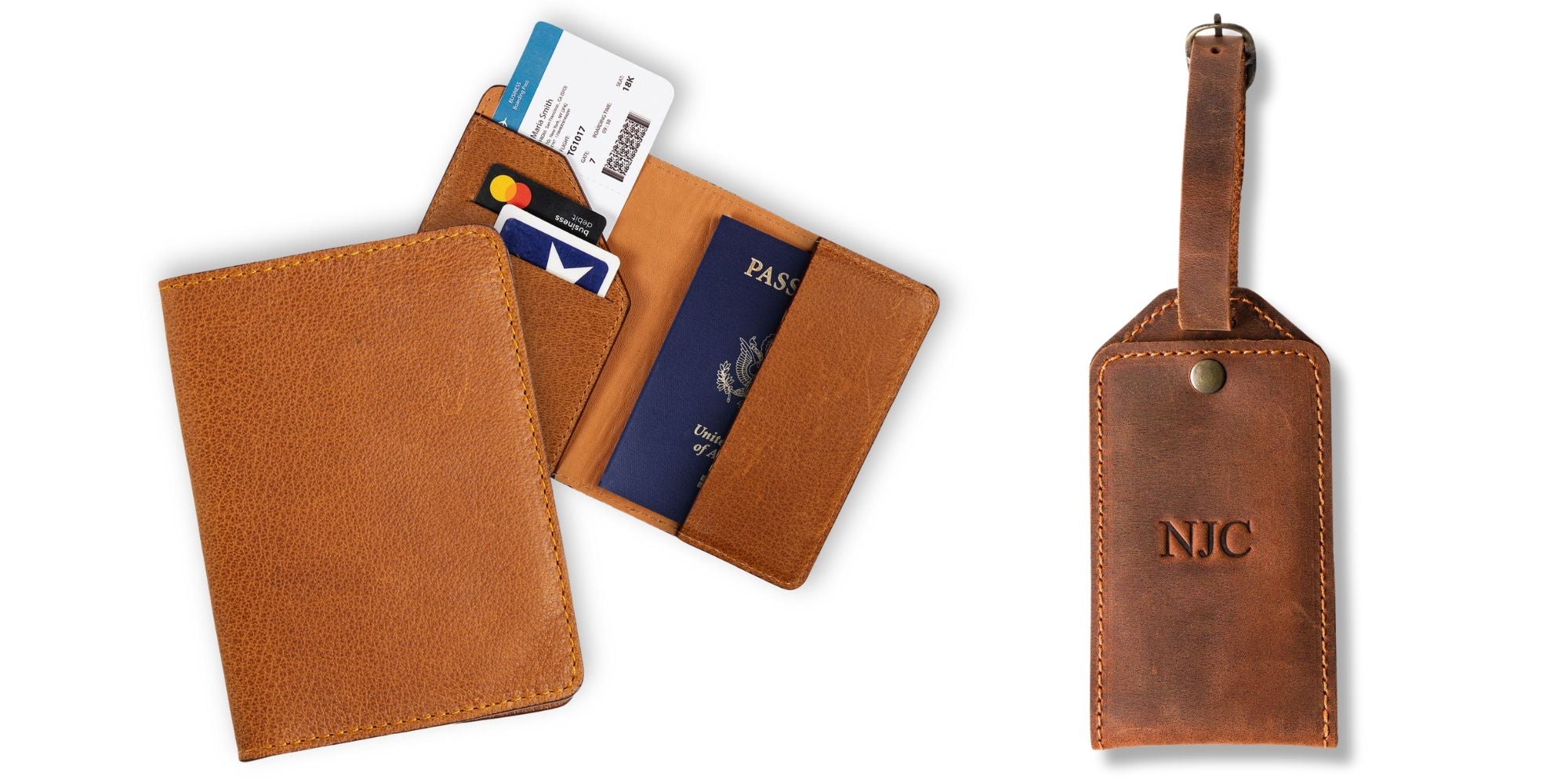
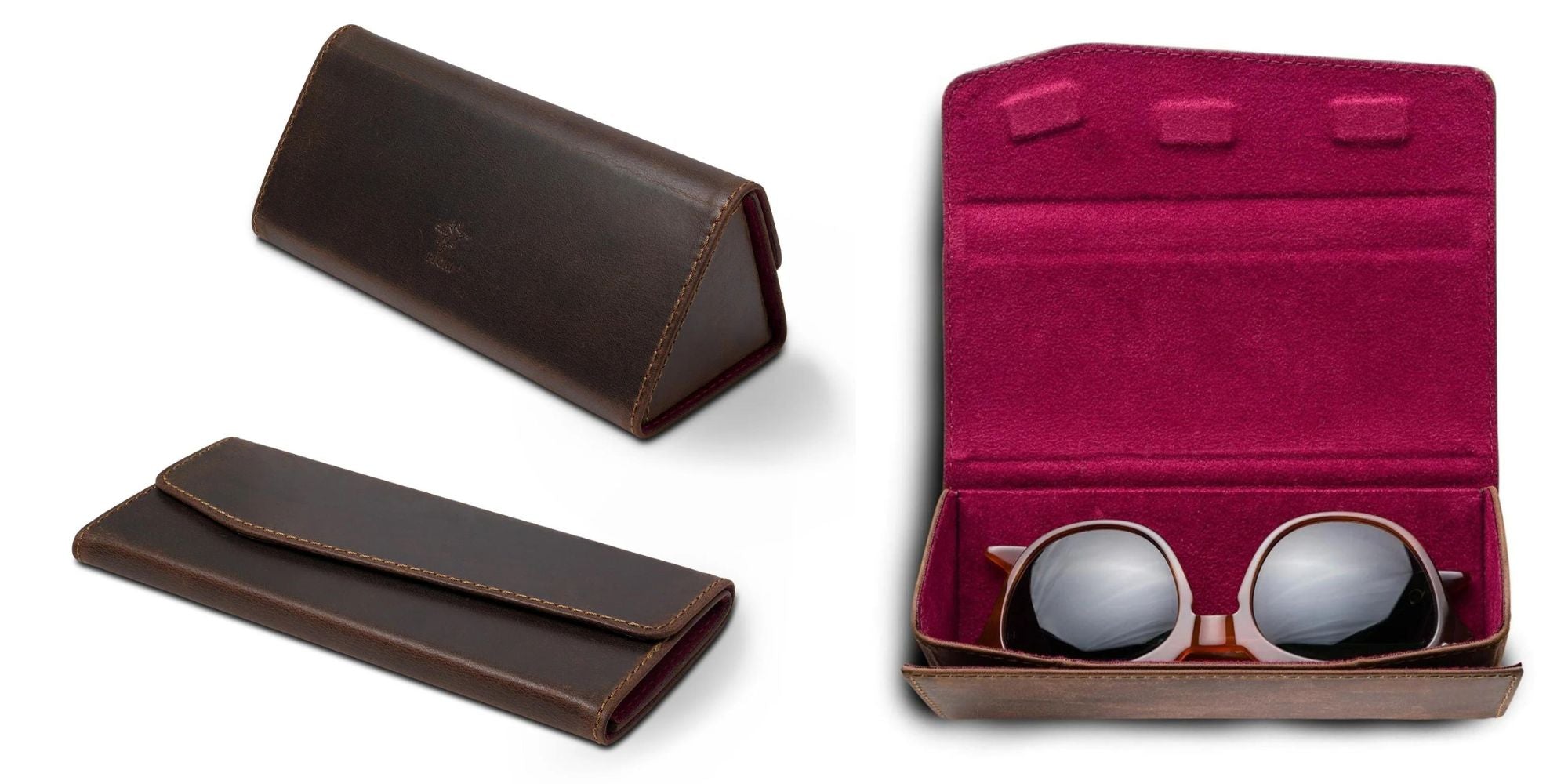
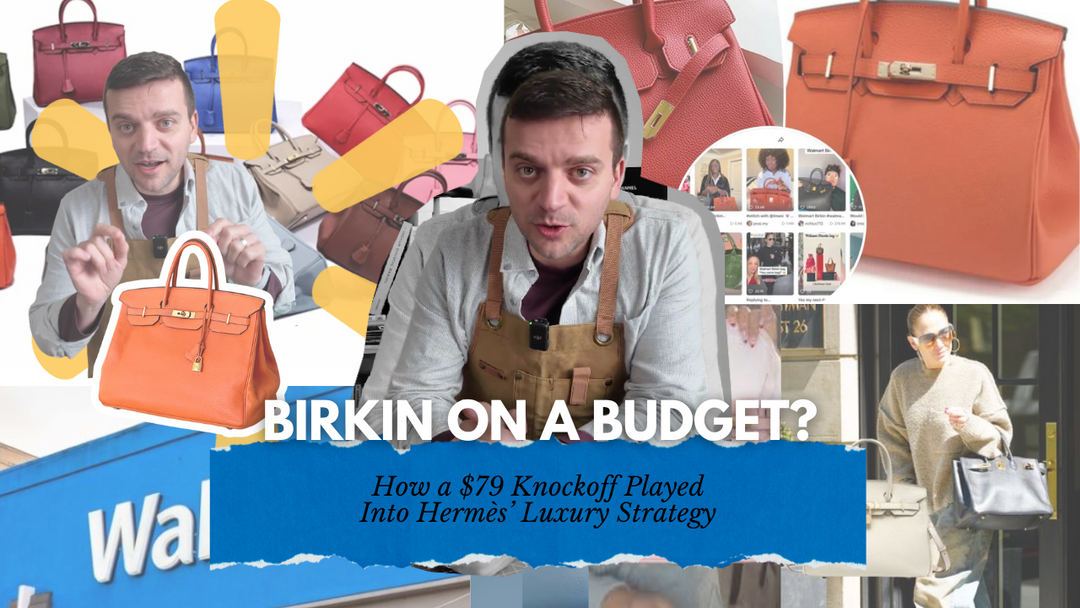
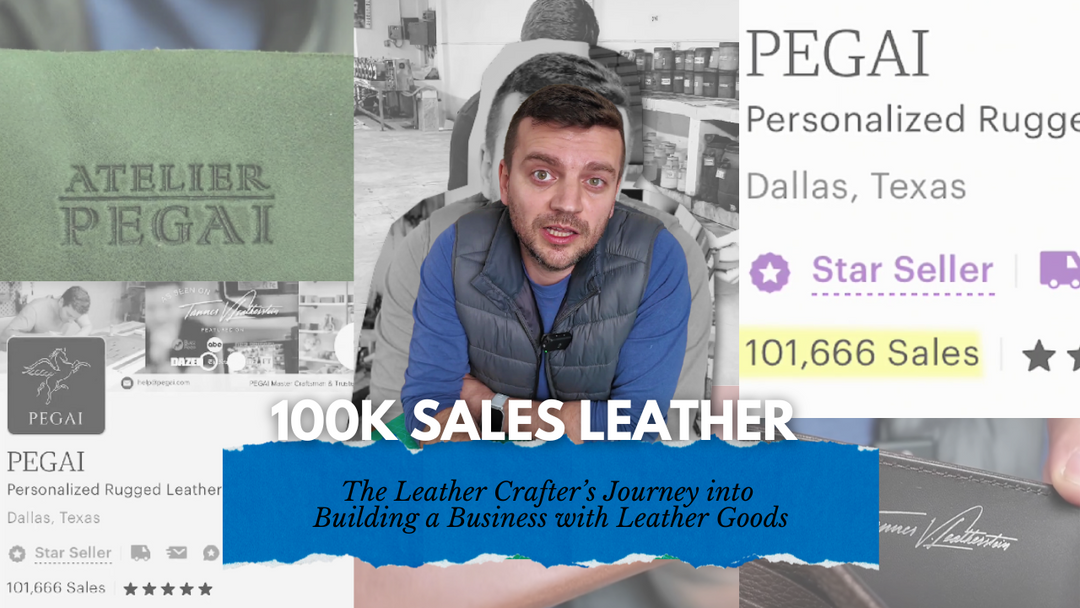
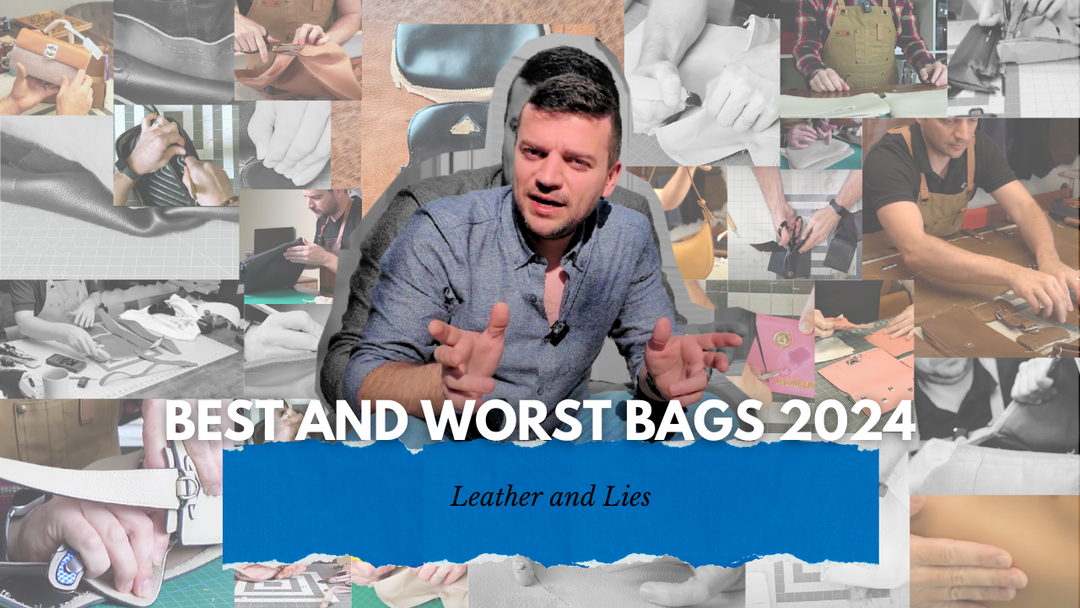
Leave a comment